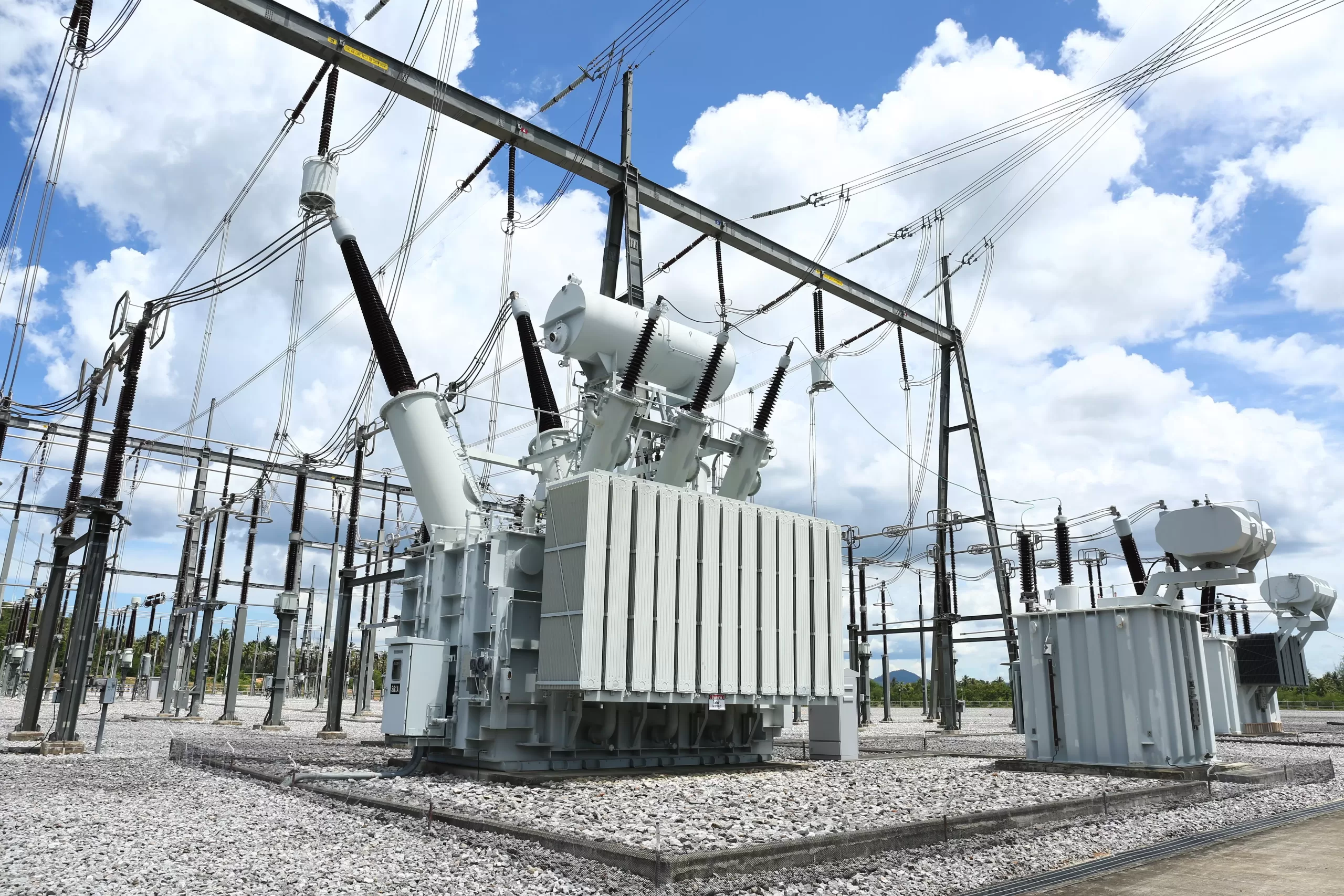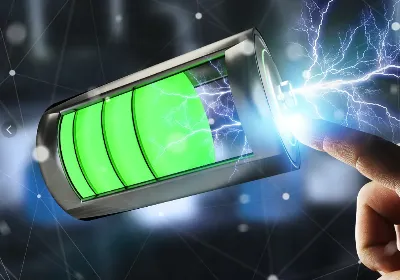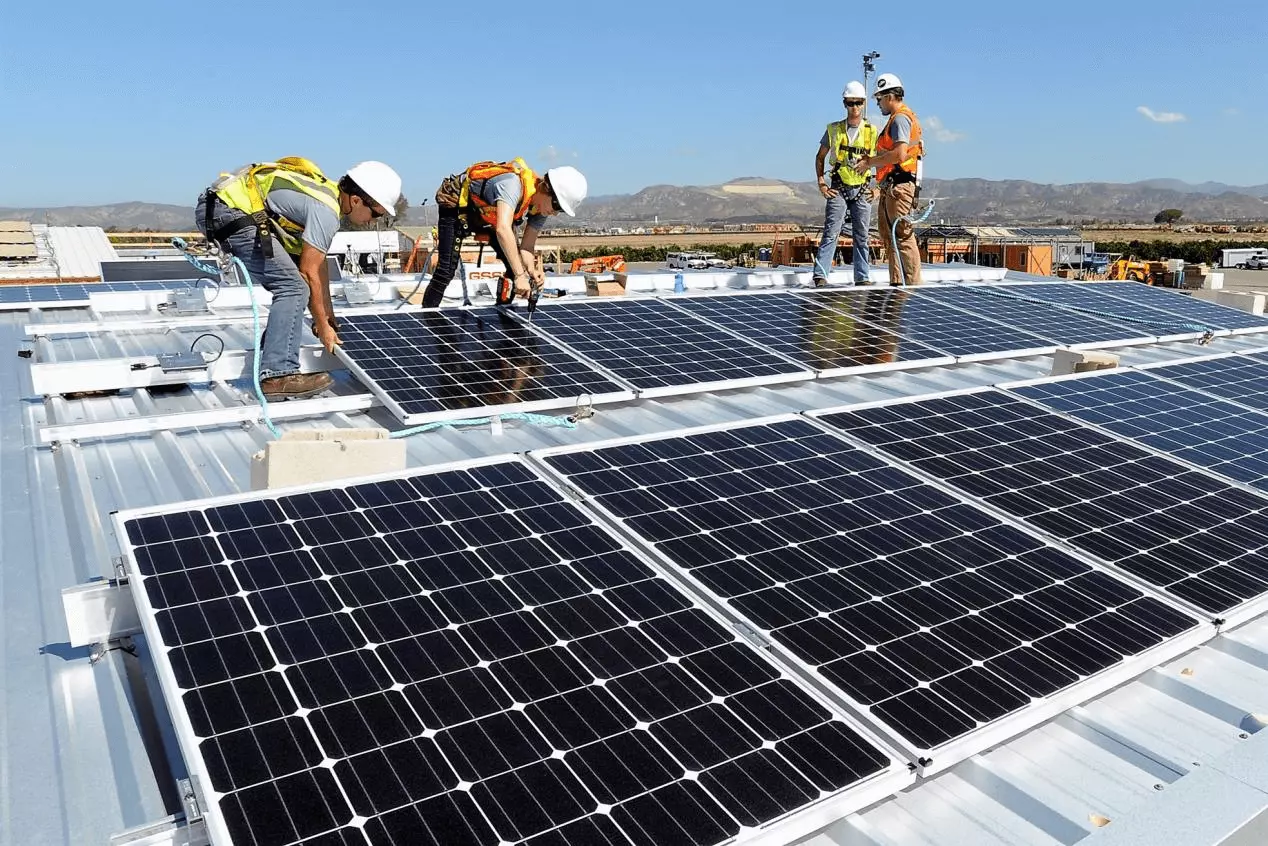Selection and Design of Photovoltaic Power Station Transformers
Selection and Design of Photovoltaic Power Station Transformers
Photovoltaic power station transformer is a vital part of the photovoltaic power generation system, responsible for converting the direct current from the photovoltaic array into alternating current and outputting it to the grid. The selection and design of transformers have an important impact on the performance and operational stability of the entire photovoltaic power plant. Therefore, this article will analyze the selection and design points of photovoltaic power station transformers from the aspects of capacity and voltage.

Capacity selection
The capacity of a photovoltaic power station transformer refers to the maximum load it can withstand under specified conditions. The selection of capacity should consider the following aspects:
(1) The maximum output power of the photovoltaic array: The output power of the photovoltaic array is affected by factors such as the intensity of sunlight and the type of photovoltaic modules, so it needs to be determined according to the actual situation.
(2) System efficiency: There is a certain loss in the transformer itself, so the influence of system efficiency on capacity needs to be considered.
(3) Load characteristics: Different types of loads have different requirements on the capacity of the transformer, and the selection should be made according to the actual load characteristics.
(4) Reliability and scalability of the system: Selecting the appropriate capacity and leaving a margin can improve the reliability and scalability of the system.
Selection of voltage level
The voltage level of a transformer refers to the size of its input and output voltages. The selection of voltage level should consider the following aspects:
(1) Output voltage of photovoltaic array: The output voltage of photovoltaic array is affected by factors such as photovoltaic modules and connection methods, so it needs to be determined according to the actual situation.
(2) Grid-connected requirements: The grid-connected voltage should meet the requirements of the grid, and at the same time, the stability and safety of the grid should be considered.
(3) Voltage drop and loss: Choosing an appropriate voltage level can reduce the voltage drop and loss of the line and improve the efficiency of the system.
Other Design Factors
In addition to capacity and voltage levels, the following aspects also need to be considered:
(1) Cooling method: Select an appropriate cooling method according to the actual application scenario and environmental conditions, such as natural cooling, air cooling or oil cooling, etc., to ensure the stable operation of the transformer.
(2) Protection level: According to the environmental conditions of the photovoltaic power station, such as humidity, pollution, etc., select the appropriate protection level to protect the transformer from external factors.
(3) Short-circuit impedance: The size of the short-circuit impedance directly affects the short-circuit current of the transformer, and should be selected according to actual needs and safety requirements.
(4) Noise: There will be certain noise during the operation of the transformer, and it is necessary to consider reducing the impact of noise on the surrounding environment.
(5) Maintenance and repair: Choose a transformer structure that is easy to maintain and repair, so as to facilitate daily operation and maintenance and troubleshooting.
The selection and design of photovoltaic power station transformers are key factors affecting the performance of the entire photovoltaic power generation system. Through the comprehensive consideration of capacity, voltage level and other aspects, it can provide strong support for the design and construction of photovoltaic power plants. At the same time, other design factors, such as cooling methods and protection levels, need to be paid attention to in practical applications to ensure the stable operation of the transformer and the reliability of the system. In the process of continuous development of the photovoltaic power generation industry, the selection and design of transformers will continue to be optimized to meet higher performance and reliability requirements.






